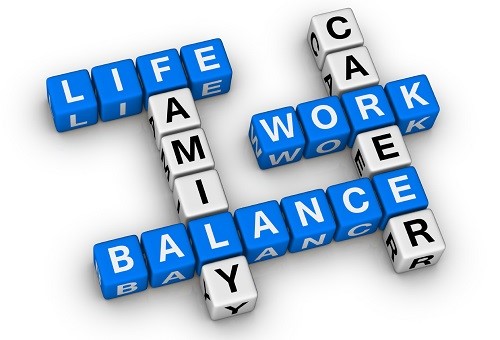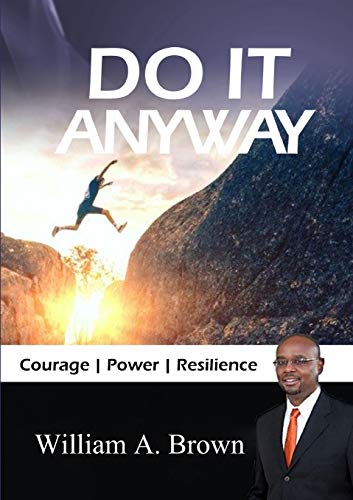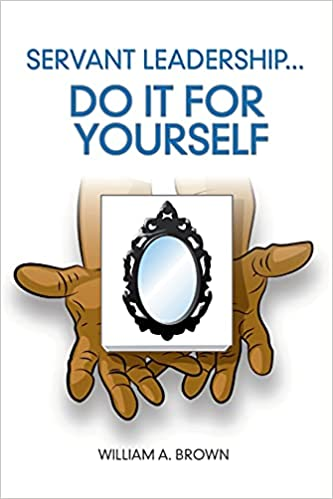Article-Detail

Employee Assistance Programs Help
I read somewhere that wherever you go, you take you with you. Employees come to work and they bring all of their personal problems, health issues, addictions, and biases with them. Leaders often find themselves in the position of having to deal with the impact of these issues at the workplace. I’ve seen family problems play out between relatives who are also colleagues, spouses, personal friends, work friends, and substance users. In most cases, the problem starts out small, something that is either dismissed or overlooked as personal peccadillos. Over time, these behaviors that people have been given a pass on, grow into full blown wars, depression, injuries, and other conduct that seriously reduces employee productivity. By the time the issue has fully matured, few people even remember, or remember clearly, the initial source of the frustration. Sometimes stress at home is brought to work with the same result. There are also times when substance use or abuse causes problems at work, and with employees who are medically permitted to self medicate, employee management becomes a complicated challenge. One often overlooked arrow in your quiver is the Employee Assistance Program, more commonly referred to as EAP. In the years between World War 1 and World War 2, alcohol consumption at work became a problem. With productivity slowing, injuries rising, and employee personal problems causing stress related health issues, problems got progressively more expensive for employers. Just after World War 2, companies saw another rise in employees drinking at work and an accompanying increase in issues. It was around 1945 that companies tried to do something collectively to address this problem, their solution was an Employee Assistance Program (EAP). At the time, EAP was intended to deal with alcohol consumption at work, and alcohol abuse in general with the intended goal of improving employee productivity, reducing injuries, and keeping families together. Following the model of Alcoholics Anonymous (AA) where people in recovery shared their experiences with employees and offered support for one another. Companies committed to the EAP as a solution or as an intervention step in the termination process and saw positive outcomes. Over the next 30 years, until 1975, EAPs dealt exclusively with alcohol consumption, abuse and consequences. It was around this time that EAPs began to expand to include more of life's issues such as family issues, drug abuse, and mental health. By 1985, EAPs were offering counseling services to employees on nearly all issues and growing in popularity around the world and is also responsible for much of the workplace stability we enjoy today. No, the workplace isn’t perfect yet but for many of the workplace issues that frustrate employers and employees, the EAP can help. Today over 10,000 EAPs are operating in the United States. Their services are confidential and can be accessed 24 hours a day at no cost to the employee. Life is hard. You are the culmination of everything that you have seen or has happened to you. We all have biases, beliefs, and prejudices. We all have tender areas, things that set us off, and there will always be people who will think you are too sensitive about that thing. In the same way, we like to judge but not be judged. We see ourselves differently than other people see us. When people reveal the way they see us, it can be a hard thing to face and, it could ignite a workplace war. Some people are born with the skills to deal with it and, in their workplace, they manage challenges masterfully. I admire that. For most of us, we need tools. The EAP is an effective resource for you and your employees. When you reach the extent of your ability to deal with an employee issue, reach out or recommend that the employees do. It won’t make things perfect, but it will help. William A. Brown January 17, 2020 A brief history of the Employee Assistance Program (manulife.com)




